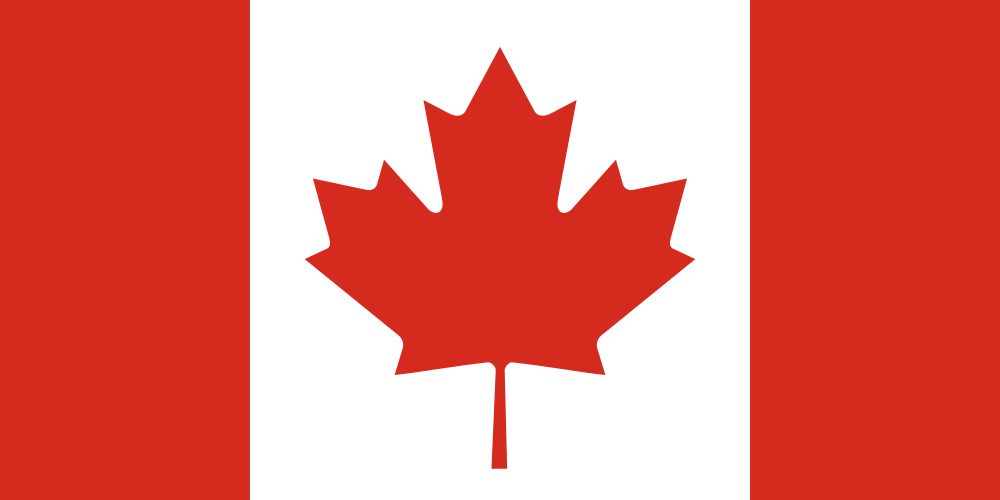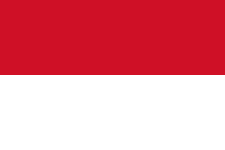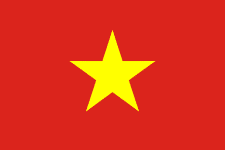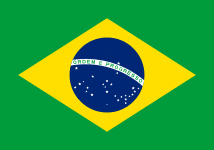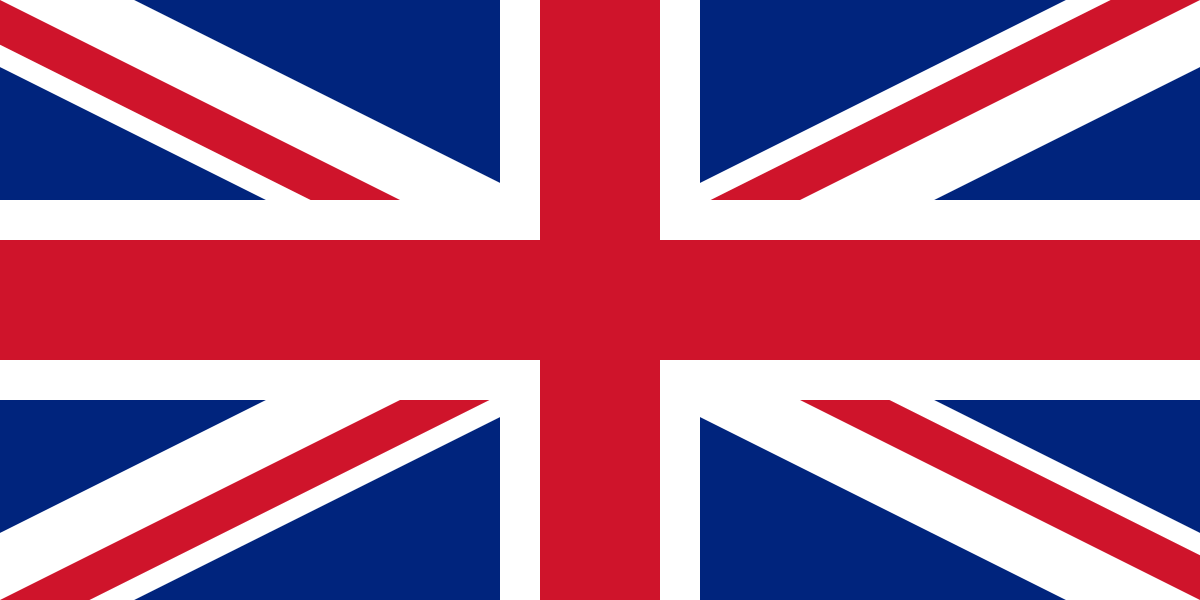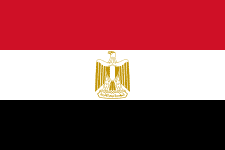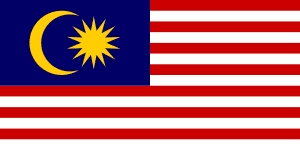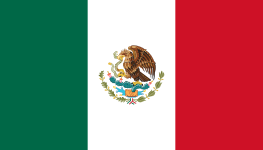- Industry
- Region
- Country / Region
On 20 February 2025, Innovation, Science and Economic Development Canada (ISED) launched a public consultation on the radio standards specification RSS-247 Issue 4 "Digital Transmission Systems, Frequency Hopping Systems and Licence-Exempt Local Area Network Devices in 902-928 MHz, 2400-2483.5 MHz, 5150-5350 MHz, and 5470-5895 MHz bands". The standard outlines the technical requirements for the following systems: Digital Transmission System (DTS), Frequency Hopping System (FHS), Hybrid System, and License-Free Local Area Network (LE-LAN).
Click this link to view the original public consultation, and the comment period is until 5 May 2025.
On February 18, 2025, the Directorate General of Digital Infrastructure (DJID, formerly SDPPI) of Indonesia issued an announcement numbered B-229/DJID.3/SP.04.06/02/2025. The announcement cites Decree No. 13 of 2025 issued by the Ministry of Communications and Digital (KOMDIGI) on January 15, 2025. The decree establishes non-MRA foreign testing laboratories for the certification of telecommunications equipment. The authorization is valid from January 1, 2025 to December 31, 2026, but DJI also mentioned in the announcement that it will re-evaluate and update the list of authorized laboratories by the end of 2025. DJI once again emphasizes that as of January 1, 2027, only reports from MRA National Testing Laboratories will be accepted.
CTTL Terminal Labs has once again obtained all the qualifications for mobile phones and tablets (HKT) and other equipment (non-HKT).
Click on this link to view DJID's news for this announcement, click this link to view the original text of KOMDIGI's Legislative Decree No. 13 of 2025.
On February 18, 2025, KOMDIGI, Indonesia, issued Decree No. 45 of 2025 on technical standards for telecommunications equipment and/or cellular mobile telecommunication equipment based on the Global System for Mobile Communications and the International Mobile Telecommunications International 2000 technical standard. Updates to the technical standard include the addition of the 850 MHz band for GSM. Test reports issued in accordance with the original PERDIRJEN SDPPI No. 5 can still be used, provided that they do not conflict with the terms specified in the technical standards.
The decree entered into force 6 months after the stated date, on August 18, 2025.
Click on the link to view the original text of the decree.
On February 14, 2025, the Vietnam MIC released a draft to solicit public comments on the amendments and additions to Circular No. 02/2024/TT-BTTTT.
The circular sets out a list of potentially unsafe products and goods under VNTA. The main revisions to the draft are as follows:
- Clarification of new standards (including updates), such as QCVN 100:2024/BTTTT for terrestrial trunked radio (TETRA) equipment, QCVN 133:2024/BTTTT for NR and E-UTRA mobile base station equipment, and QCVN 134:2024/BTTTT for SAR requirements; QCVN 135:2024/BTTTT for surveillance cameras using Internet protocols has been added to the new circular;
- Surveillance cameras using Internet protocols were added as new product items that required type approval;
- QCVN 134 on SAR requirements has been formally requested to apply to mobile computers/handsets from July 1, 2026 and to DECT phones, tablets, laptops/laptops from July 1, 2027;
- Wi-Fi 6E, Wi-Fi 7 devices operating at 6 GHz are added as new product items subject to SDoC requirements, which require QCVN 47:2015/BTTTT (RF) and QCVN 96:2015/BTTTT (EMC) test reports. For devices operating in the 6.425 GHz to 7.125 GHz band, manufacturers must commit to turning this band off.
- As of January 1, 2026, full testing of lithium batteries according to QCVN 101:2020/BTTTT will be required. Legacy local test reports typically include tests under QCVN 101:2020/BTTTT Clause 2.6 (on security). According to this requirement, the local test report must be re-obtained or all test items specified in QCVN 101:2020/BTTTT must be supplemented;
- For some QCVNs exempted from extreme conditions testing by 30 June 2025 in accordance with Circular No. 02/2024/TT-BTTTT, the exemption period will be extended until 30 June 2026 if the local laboratory is still unable to perform extreme conditions testing;
- According to this draft, type approval certificates issued after 15 July 2023 will continue to be valid until the end of their validity period. This may mean that type approval certificates issued before 15 July 2023 may be deemed invalid from the effective date of this circular.
The draft circular is expected to take effect on 1 July 2025.
Click on the this link to view the original draft circular and is open for comments until 14 April 2025.
On February 14, 2025, Brazil's National Telecommunications Agency (ANATEL) published Act No. 2105 updating the technical requirements for the certification of cellular devices (Access Terminal Stations (ETAs) and mobile phones). This new bill sets out testing requirements for devices using technologies such as 5G NB-NTN (Narrowband Non-Terrestrial Network), 5G RedCap, and 4G LTE Cat 1bis. The bill will take effect from the date of publication and will be enforced on August 13, 2025.
Click this link to view the original Act.
On 13 February 2025, the United Kingdom's Communications Authority (Ofcom) opened a public consultation on the licensing of Wi-Fi and mobile services in the 6 GHz band (5925-7125 MHz). Ofcom proposes to introduce standard power (4W) Wi-Fi devices in the 5925-6425MHz band with AFC support. For 6425-7125MHz, Ofcom has proposed two phases, the first phase deploys Wi-Fi services with a power limit of 250mW, and Ofcom hopes to carry out the first phase as soon as possible; The second phase adds mobile services to the reserved Wi-Fi service.
Click this link to view the original public consultation and the comment period is until 8 May 2025.
On July 23, 2024, the FCC released document DA-24-712A1 to include Russia's Kaspersky company's cybersecurity and antivirus software in the covered list. So far, Kaspersky is still the only company on the covered list in terms of software. On February 12, 2025, the Telecommunications Certification Bodies Council (TCBC) published a best practice guidance document for software coverage lists. This document is intended to help guide manufacturers, laboratories, and TCBs in conducting due diligence to determine compliance with the requirements of the Covered List. The guide gives three examples of recommended declarations, how to assess compliance if the inherent compliance condition is not met, and how to deal with modular products.
Click this link to view the original guidance document.
On 11 February 2025, the Ministry of Industry of Egypt published a notification numbered G/TBT/N/EGY/157/Add.10 on the WTO website. The notification mentions that Egypt has adopted the ES 2501-1:2024 standard for the safety of audio/video, information and communication technology equipment from January 1, 2025, which adopts the technical content of IEC 62368-1:2023 and replaces the Egyptian standard ES 2501. Egypt has provided a six-month transition period for the implementation of the new standards.
Click this link to view the original notification.
On February 10, 2025, the Malaysian Institute of Standards and Industrial Research (SIRIM) issued an announcement numbered SQASI/ CMCS/1/25/0001 announcing that the authorized laboratories for IPv6 of non-WIFI products are:
- China's BII Laboratory;
- CNLabs in India;
- SIRIM RF and EMCT Laboratory.
As of July 1, 2025, IPv6 reporting is required for modern certification applications and certificate renewals for products that support the IPv6 and LTE cellular device specifications. Due to the availability of an existing IPv6 test lab, the interim approval of IPv6 devices will end on July 10, 2025 and will not be extended.
Click this link to view the original announcement.
On February 10, 2025, Mexico's Federal Institute of Telecommunications (IFETEL) published the New Technology Regulation IFT-017-2023, which establishes technical specifications for radiocommunication equipment using WLAN and/or digital modulation technologies. The regulations apply to the following license-exempt frequency bands: 5150-5250 MHz, 5250-5350 MHz, 5470-5600 MHz, 5650-5725 MHz, 5725-5850 MHz and 5925-6425 MHz.
The regulation will come into effect 270 days after it was issued, on November 7, 2025. The technical requirements and test methods for the 5725-5850 MHz band in IFT-008-2015 will be superseded when it comes into force. Conformity assessments can be carried out by certification bodies and testing laboratories from 7 November 2025, and applications for the relevant accreditation authorizations will be open from 11 February 2025.
Click on this link to view the original technical regulation.
